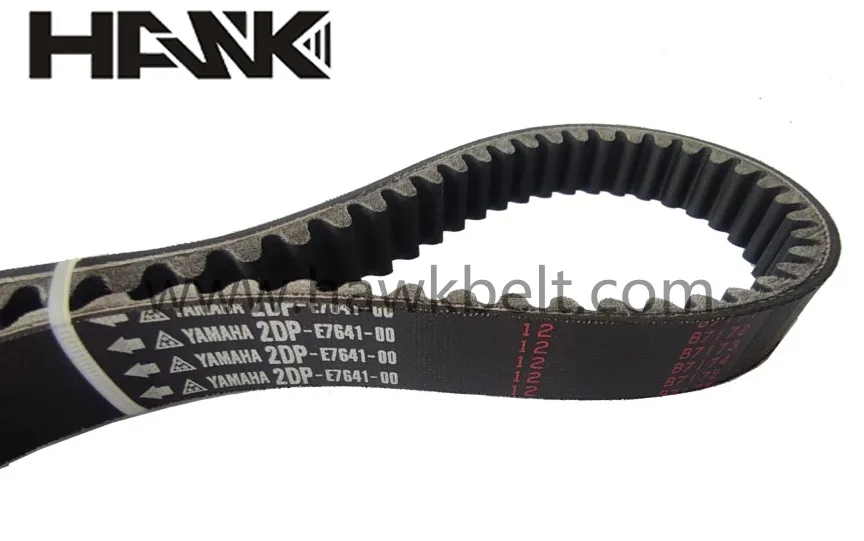- Arabic
- French
- Russian
- Spanish
- Portuguese
- Turkish
- Armenian
- English
- Albanian
- Amharic
- Azerbaijani
- Basque
- Belarusian
- Bengali
- Bosnian
- Bulgarian
- Catalan
- Cebuano
- Corsican
- Croatian
- Czech
- Danish
- Dutch
- Afrikaans
- Esperanto
- Estonian
- Finnish
- Frisian
- Galician
- Georgian
- German
- Greek
- Gujarati
- Haitian Creole
- hausa
- hawaiian
- Hebrew
- Hindi
- Miao
- Hungarian
- Icelandic
- igbo
- Indonesian
- irish
- Italian
- Japanese
- Javanese
- Kannada
- kazakh
- Khmer
- Rwandese
- Korean
- Kurdish
- Kyrgyz
- Lao
- Latin
- Latvian
- Lithuanian
- Luxembourgish
- Macedonian
- Malgashi
- Malay
- Malayalam
- Maltese
- Maori
- Marathi
- Mongolian
- Myanmar
- Nepali
- Norwegian
- Norwegian
- Occitan
- Pashto
- Persian
- Polish
- Punjabi
- Romanian
- Samoan
- Scottish Gaelic
- Serbian
- Sesotho
- Shona
- Sindhi
- Sinhala
- Slovak
- Slovenian
- Somali
- Sundanese
- Swahili
- Swedish
- Tagalog
- Tajik
- Tamil
- Tatar
- Telugu
- Thai
- Turkmen
- Ukrainian
- Urdu
- Uighur
- Uzbek
- Vietnamese
- Welsh
- Bantu
- Yiddish
- Yoruba
- Zulu
ต.ค. . 05, 2024 01:34 Back to list
Comparing Flat Belts and V Belts for Efficient Power Transmission Systems
Understanding Flat Belts and V-Belts in Mechanical Systems
In mechanical engineering, power transmission systems play a vital role in the efficient operation of machinery. Among the various methods used for power transmission, belts are one of the most common and effective tools. Two widely used types of belts are flat belts and V-belts. Each type has its own specific applications, advantages, and limitations.
Flat Belts
Flat belts, as the name suggests, are characterized by their flat, rectangular shape. They are typically made from a flexible material such as rubber or fabric and have a smooth surface. Flat belts are often used in applications where the distance between the driving and driven pulleys is substantial. One of their key advantages is their ability to operate over long spans without requiring much tension. This makes them ideal for applications such as conveyor systems, where they efficiently transport materials over considerable distances.
Another advantage of flat belts is their relatively simple construction, which makes them easy to install and maintain. However, flat belts also come with some limitations. They rely heavily on friction to transmit power, which can lead to slippage, especially under heavy loads or when the surface becomes worn. Additionally, flat belts are generally less efficient in transferring power at high speeds compared to V-belts due to their larger surface area in contact with pulleys, which can lead to increased heat generation.
flat belt and v belt

V-Belts
V-belts, on the other hand, have a trapezoidal cross-section, which allows them to fit more snugly into the grooves of the pulleys. This design provides a better grip and significantly reduces the chances of slippage, making V-belts more efficient for high-speed applications. V-belts are widely used in various machinery, including automotive engines, industrial machines, and household appliances. Their ability to transmit greater power in a smaller space makes them suitable for compact designs where space is a critical factor.
The construction of V-belts typically includes layers of rubber and fabric, providing durability and flexibility. They can either be found in classical forms or as advanced synchronous belts, which include teeth for precise timing applications. However, the design of V-belts also implies that they need to operate under a certain tension to function correctly. Incorrect tension can lead to premature wear or failure, making proper installation essential.
Conclusion
In conclusion, both flat belts and V-belts play crucial roles in power transmission systems. Their choice largely depends on the specific requirements of the application, such as space availability, load capacity, and operating speed. Flat belts are ideal for long-distance, low-speed applications, while V-belts excel in situations requiring high efficiency and compact design. Understanding the unique characteristics of each type is essential for engineers and technicians to make informed decisions in their applications, ultimately leading to enhanced performance and reliability in mechanical systems.
-
Korean Auto Parts Timing Belt 24312-37500 For Hyundai/Kia
NewsMar.07,2025
-
7PK2300 90916-T2024 RIBBED BELT POLY V BELT PK BELT
NewsMar.07,2025
-
Chinese Auto Belt Factory 310-2M-22 For BMW/Mercedes-Benz
NewsMar.07,2025
-
Chinese Auto Belt Factory 310-2M-22 For BMW/Mercedes-Benz
NewsMar.07,2025
-
90916-02660 PK Belt 6PK1680 For Toyota
NewsMar.07,2025
-
drive belt serpentine belt
NewsMar.07,2025

